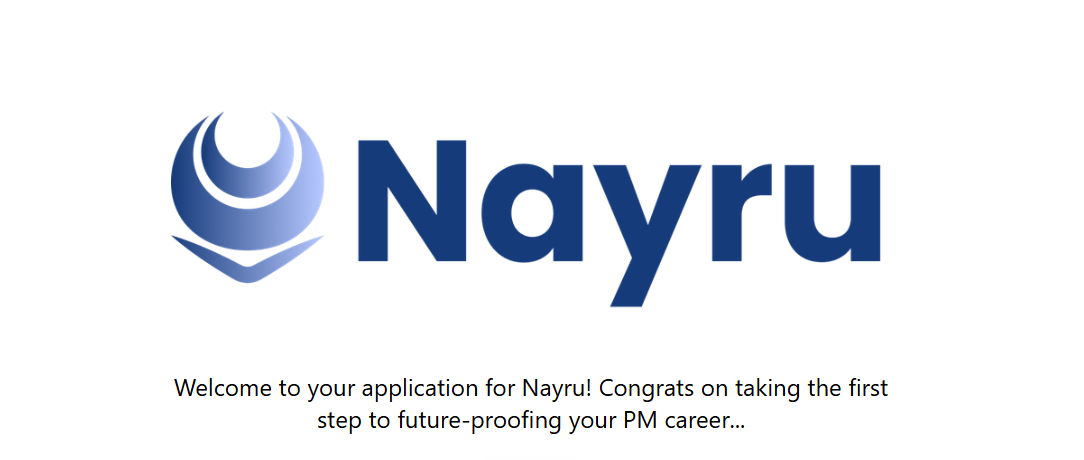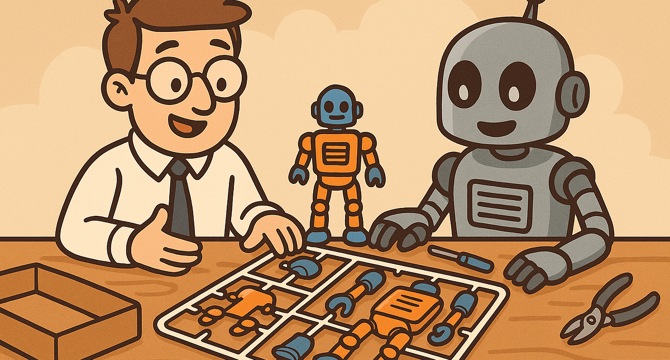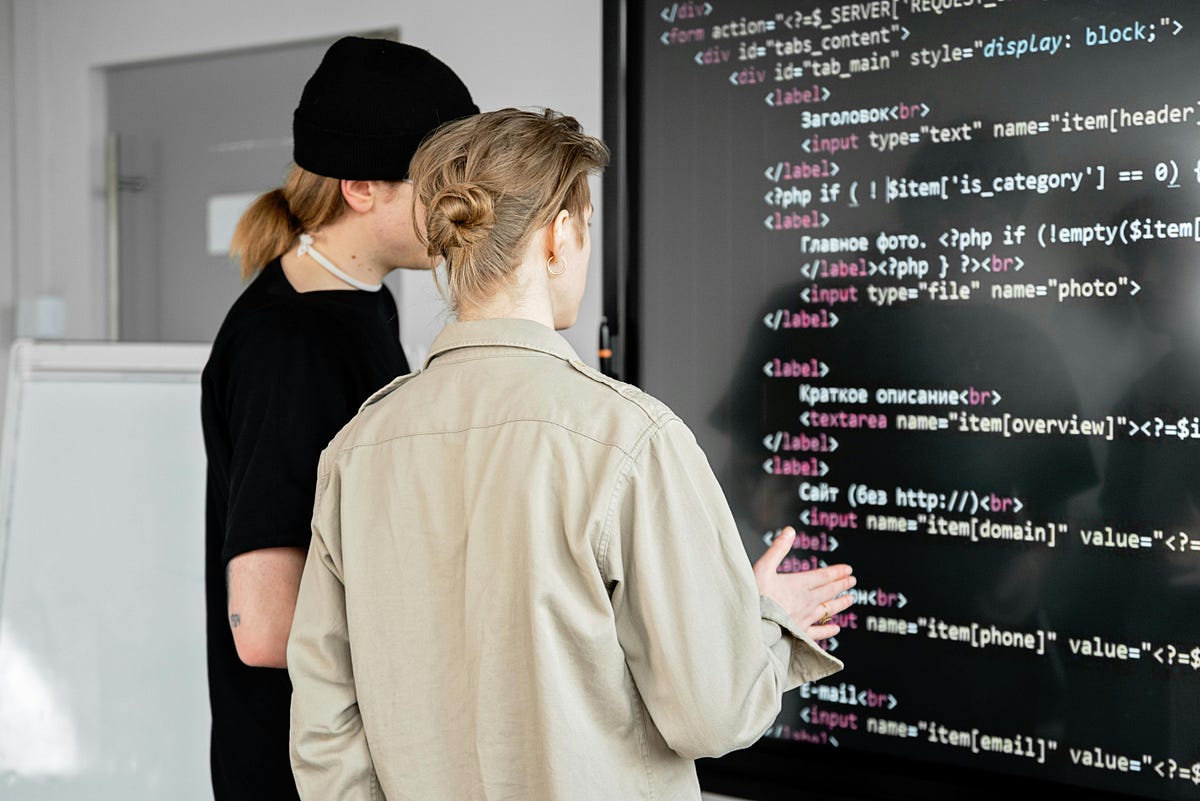Product Management News
Medium
162

Image Credit: Medium
We’re launching something big and we want YOU to help shape it.
- Nayru is launching a platform to redefine how product managers learn, grow, and get hired.
- They are seeking 5 professionals from finance or engineering backgrounds, 5 MBA students, and 5 experienced PMs for early testing.
- Selected participants will receive free product training, 1:1 coaching, a custom development plan, and the opportunity to influence the platform's roadmap.
- Those interested can apply for a chance to be selected among the exclusive group of 15 participants.
Read Full Article
8 Likes
Medium
330

Image Credit: Medium
How a Venmo Setting Exposed a National Security & Privacy Risk — A Digital Forensics View on…
- Venmo's default privacy settings exposed US national security adviser Michael Waltz’s contacts.
- Wired journalists easily uncovered Waltz’s public Friends List through Venmo's poor UIUX.
- Digital forensics analysis reveals security risks of public Friends List and user data exposure.
- Venmo ignored privacy concerns despite warnings, highlighting the need for enhanced data protection.
Read Full Article
19 Likes
Medium
293

Image Credit: Medium
Drive impact by assigning “owning teams” to under-used insights
- AI tools do not eliminate the need for research metadata.
- When identifying next steps, having metadata such as "owning teams" is crucial for taking action on an insight.
- Creating a model for assigning owning teams within an organization can enhance communication and accountability for insights.
- Implementing owning team structures around various organizing factors can help in effective handling of insights and accountability.
Read Full Article
17 Likes
Medium
249

Image Credit: Medium
Streamlining Business Operations with Dokwa Suite: A Comprehensive Workflow Solution
- The Dokwa Suite offers various modules such as Finance, Operations, Assets Management, IT Support Automation, and Document Management with digital signing approval.
- The Finance module helps in streamlining financial transactions, invoicing, and reporting for informed decision-making.
- The Operations module assists in managing day-to-day activities, task assignments, and progress tracking to aid in organizational efficiency.
- The IT Support Automation module automates routine IT tasks, improving IT service delivery and reducing downtime for businesses.
Read Full Article
14 Likes
Discover more
- Programming News
- Software News
- Web Design
- Devops News
- Open Source News
- Databases
- Cloud News
- Operating Systems News
- Agile Methodology News
- Computer Engineering
- Startup News
- Cryptocurrency News
- Technology News
- Blockchain News
- Data Science News
- AR News
- Apple News
- Cyber Security News
- Leadership News
- Gaming News
- Automobiles News
Medium
181

Image Credit: Medium
From Pipelines to Intelligence: 5 ways How I’m Evolving Data Products with GenAI and ML
- Senior Product Manager discusses evolving data products using Generative AI (GenAI) and Machine Learning (ML).
- GenAI and ML shift mindset from building data tools to building data intelligence, enabling understanding of data.
- Examples include using GenAI assistant for finance data, anomaly detection, ML models for forecasting, and autonomous agents.
- Focus is on designing intelligence in data products for proactive actions rather than just displaying data.
Read Full Article
10 Likes
Producttalk
97

Expecting Resistance: Handling Stakeholder & Leader Concerns During Product Operating Model Pilot
- Keys to successful adoption of product operating model: organization-wide transformation, not just for product teams.
- Common resistance types from leaders and stakeholders: expecting specific solutions, not giving up control.
- Resistance can be overcome by emphasizing outcomes, setting clear expectations, and involving stakeholders.
- Rituals like product outcome reviews help leaders understand the new role and support empowered teams.
Read Full Article
5 Likes
Medium
320

Image Credit: Medium
From Research Question to Working Prototype: Building an AI PM Assistant from Scratch
- Drowning in work, author decides to build AI PM assistant from scratch.
- Struggles with setup, document ingestion dance, and testing real questions.
- Overcomes challenges with modular architecture, context management, error handling, and bug squashing.
- Prototype validates AI can assist PM work, leading to building a real tool.
- AI development is more about data quality, system integration, and user experience.
Read Full Article
18 Likes
Logrocket
216

Image Credit: Logrocket
5 product leaders on reducing friction in mobile-first experiences
- Mobile friction disrupts user experience, impacting business opportunities and journey engagement.
- Leaders emphasize understanding user behavior and reducing steps, clutter, notifications, and load times.
- Strategies include leveraging native features, optimizing UX, and using push notifications thoughtfully.
- Data-driven approaches help identify and address issues; mobile optimization essential for revenue growth.
Read Full Article
13 Likes
Medium
298

Image Credit: Medium
Aha! The Strategic Roadmapping Platform That Redefined Product Management
- Aha! has distinguished itself in the product management landscape by focusing on strategy and roadmapping, in contrast to the feature-heavy approach of many competitors.
- The platform's strategy-first approach resonated with product leaders by prioritizing high-level goals, initiatives, and strategic alignment before diving into execution.
- Aha! revolutionized roadmapping by creating dynamic, customizable visualizations that serve as effective communication tools for different stakeholders, addressing the issue of outdated static roadmaps.
- The platform's strong integration capabilities with popular tools like Jira and Slack, coupled with a customer-driven product development approach, have contributed to its success in helping product teams bridge strategy and execution.
Read Full Article
17 Likes
Medium
269

Image Credit: Medium
️ The Time Trap: Managing Expectations Without Losing Trust
- Exploring 'The Time Trap': unrealistic expectations, reactive planning, and strained relationships for tech teams.
- Addressing disconnect between customer requests and delivery reality, proposing a human-centered approach.
- Introducing Reflective Delivery Framework emphasizing transparency, accountability, and outcome-oriented planning.
Read Full Article
15 Likes
Medium
392

Why Chasing Features Won’t Save You If Your App Can’t Load
- Building an app with impressive features like AI, AR, VR is not as important as ensuring basic functionalities work seamlessly.
- Successful apps like WhatsApp, Google, and Facebook focused on core functionality and reliability before adding more features.
- Users prioritize speed, stability, and simplicity over flashy features; they want apps that work smoothly before anything else.
- It's crucial for apps to prioritize basic functions like quick loading times, stable performance, and intuitive navigation to retain users' trust and loyalty.
Read Full Article
23 Likes
Medium
122
Image Credit: Medium
Why Positioning is Key to Business Growth
- Positioning is crucial for business growth as it impacts every aspect of marketing and sales strategies.
- Weak positioning hinders marketing and sales efforts, while strong positioning enhances them significantly.
- Clear positioning helps customers understand the value and differentiation of a product, making it easier to charge a premium.
- Proper product positioning is essential for ensuring that customers grasp what a product offers and why it matters, ultimately impacting business success.
Read Full Article
7 Likes
Medium
58

Image Credit: Medium
Sell The Benefits, Not The Features!
- Selling benefits over features is more effective in capturing attention and driving engagement.
- Focusing on what the features of a product or service do for the customer can lead to more positive responses and interactions.
- Emphasizing the outcomes, feelings, and improvements a product enables can resonate more strongly with potential clients.
- Shifting from selling features to selling transformations and benefits can attract clients authentically and build stronger connections.
Read Full Article
3 Likes
Medium
32

Image Credit: Medium
How I Saved $50K by Deleting Unused Features
- By deleting unused features, the author saved $50,000 in annual expenses and redirected the team's focus.
- The author assessed the analytics dashboard and found many features with minimal to no user engagement, yet requiring maintenance.
- Working with the DevOps lead, the author calculated the real cost of each feature based on CPU, storage, and maintenance time.
- The author communicated with the team and key customers before safe removal of features using a 'feature-toggle' branch to monitor potential issues.
Read Full Article
1 Like
Medium
12

Hot Mush
- The narrator reflects on feeling trapped in a cycle of consumerism and the demands of modern technology.
- They describe working in a job focused on selling things people don't need, surrounded by colleagues deeply invested in the digital world.
- Facing personal struggles, such as their mother's illness, becomes an excuse to escape the overwhelming pressures and distractions.
- In a realization of their own addiction to constant connectivity, the narrator commits to disconnecting from the noise and distractions to rediscover themselves.
Read Full Article
Like
For uninterrupted reading, download the app